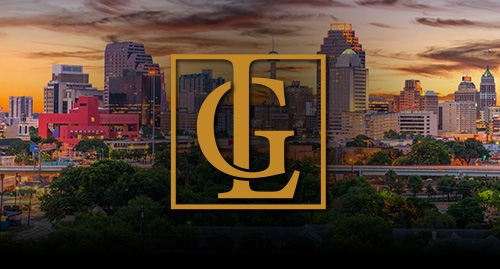There were two interesting cases earlier this year that many drivers can relate to. Both cases involved drivers who flashed their headlights to oncoming cars to warn them of speed traps. A speed trap is the name given to areas on the road where police or state troopers park their vehicles, presumably to catch motorists for speeding. Many drivers find speed traps unfair and sometimes openly alert others about them on social media. There is even a website devoted to warning people about common speed traps in every state in the U.S. (For more info, go to: http://www.speedtrap.org)
The first of these cases came out of Missouri. A police officer gave a man a ticket with a fine up to $1,000 because he used his headlights to warn oncoming drivers of the officer's speed trap. The city where the ticket was issued dropped the charges against the man, but continued its policy of punishing other drivers for this practice. The American Civil Liberties Union sued the city where the ticket was given, arguing that the man's act amounted to a form of speech that was protected by the First Amendment. The city countered by arguing that the man interfered with a police investigation by using his headlights to alert other drivers of the speed trap. A federal district judge in St. Louis agreed with the ACLU.
The second case arose from very similar circumstances in Oregon. A truck driver had noticed a police cruiser behind him and flashed his lights at an oncoming UPS truck to warn him. Another officer noticed the flashing lights and alerted the first officer to pull over the truck driver. In this case, the truck driver had first challenged the ticket he was given for improperly using his headlights by arguing that he knew the UPS driver and was just saying hello. He also referred to the free speech argument in the Missouri case, which seemed to be more persuasive to the county judge in Oregon. The judge found that the driver's act of flashing his headlights was a form of protected speech under Oregon's State Constitution.
The two cases are almost identical in every way, except the first case was decided using the First Amendment of the U.S. Constitution and the second case was decided using the Oregon State Constitution. But both cases found that the act of using one's headlights to warn oncoming drivers of a speed trap was a form of protected speech.
Of course, flashing one's headlights at oncoming drivers could mean many things including: alerting an oncoming driver that their high beams are on; alerting a driver after dusk that their lights are off; warning oncoming drivers of dangerous road conditions ahead; warning oncoming drivers that there is an animal on the road; warning a driver of a potentially dangerous condition with their vehicle. There is nothing in the Texas Transportation Code that expressly prohibits flashing headlights or high beams at other drivers to warn them of a speed trap. But it could be argued that the practice itself helps law enforcement because it encourages drivers to slow down and be aware of their surroundings. This is especially true in the roads and highways in rural parts of the State.
If you were stopped by police after flashing your lights, you may be able to fight back. Contact The Law Office of Guillermo Lara Jr., a San Antonio defense firm, to find out about your rights and how he can help you if you have been cited or arrested for flashing your lights at other motorists.

